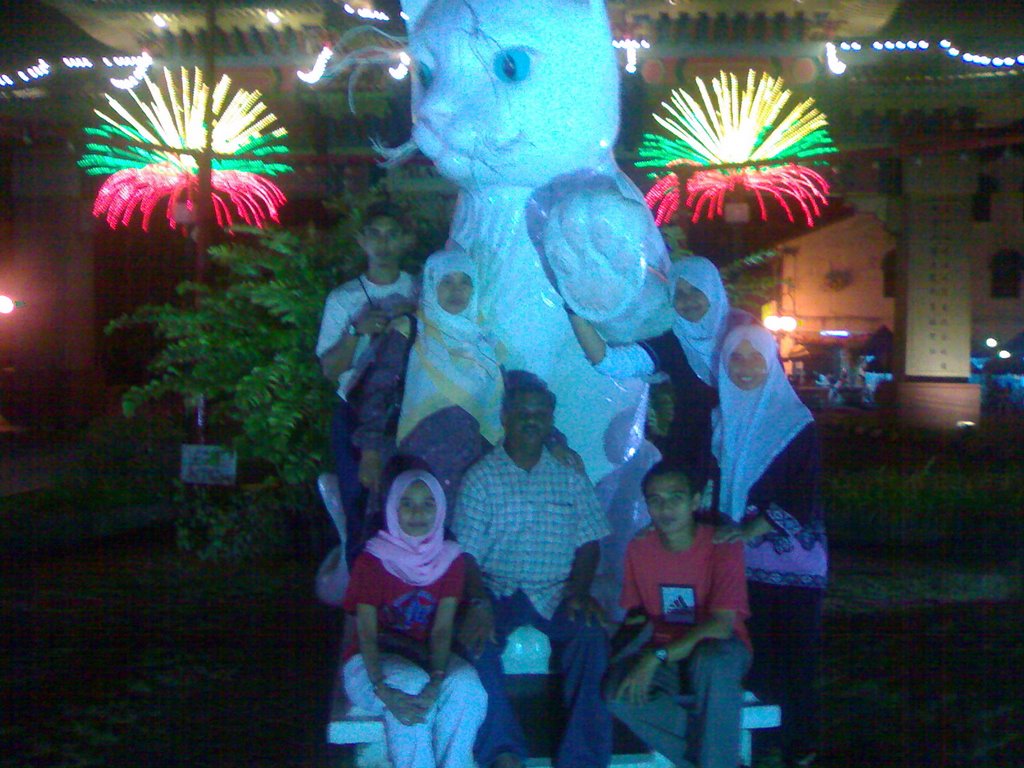The Steps of Curriculum Development?
STEPS TO CURRICULUM: "The Tyler Rationale"
1. What educational purposes should the school seek to attain?
2. What educational experiences can be provided that are likely to attain these purposes?
3. How can they be organized?
For an overview of these steps and how they relate to the development of web-based curriculum and lessons, see Cunningham and Billingsley chapter 1.
1: What educational purposes should the school seek to attain?
What AIMs, GOALs, and OBJECTIVEs should be sought?
Educational objectives become the criteria for selecting materials, content outlined, instructional methods developed, and tests prepared.
How to write objectives
Objectives often incorrectly stated as activities the instructor must do, rather than statements of change for students.
Objectives are also listed as topics, concepts, or generalizations; however, this approach does not specify what the students are expected to do with these elements such as apply them to illustrations in his/her life or unify them in a coherent theory explaining scientific deliberation.
Objectives can be indicated as generalized patterns (To Develop Appreciation, To develop broad
interests.) These are more goals than objectives. It is necessary to specify the content to which this
behavior applies.
Should specify the Kind of Behavior and the Content or Area in which the behavior is to operate.
Examples:
To create a simple web page using a text editor.
To apply Dewey's theory of the child and the curriculum to the process of developing a curriculum
module.
Or:
Upon completion of this module, students will be able to:
...compute the selling price of an automobile given information about list price, taxes, options, and
destination charges
...construct a timeline showing the relationship among at least 20 major events in the Roman empire
...describe the steps necessary for creating complete Web-based curriculum modules
Example nonpreordinate objective: "Students will attend a Shakespeare play."
For more on aims and goals, see Cunningham and Billingsley, Chapter 2.
2. What educational experiences can be provided that are likely to attain these purposes?
Criteria for selecting experiences; are they:
valid in light of the ways in which knowledge and skills will be applied in out-of-school experiences?
feasible in terms of time, staff expertise, facilities available within and outside of the school, community expectations?
optimal in terms of students' learning the content?
capable of allowing students to develop their thinking skills and rational powers?
capable of stimulating in students greater understanding of their own existence as individuals and as members of groups?
capable of fostering in students an openness to new experiences and a tolerance for diversity?
such that they will facilitate learning and motivate students to continue learning?
capable of allowing students to address their needs?
such that students can broaden their interests?
such that they will foster the total development of students in cognitive, affective, psycholmotor, social, and spiritual domains?
Curriculum Content
Criteria for selecting content:
what will lead to student self-sufficiency?
what is significant?
Two definitions of "significance":
1.having or conveying a meaning; expressive, suggesting or implying deeper or unstated meaning
2.important, notable; consequential
what is valid (authentic, "true")?
what is interesting?
note: student may not even KNOW his own interests
what is useful?
what is learnable?
what is feasible?
For more on selecting good educational experiences and content, see Cunningham and Billingsley Chapter 3.
3. How can the educational experiences be organized?
Education experiences must be organized to reinforce each other.
Vertical vs. horizontal organization
Continuity - refers to the vertical reiteration of major curricular elements.
Reading social studies materials continued up through higher grades
Sequence - refers to experiences built upon preceding curricular elements but in more breadth and detail. Sequence emphasizes higher levels of treatment.
Integration - unified view of things. Solving problems in arithmetic as well as in other disciplines.
We aim for educational effectiveness and EFFICIENCY.
Most institutionalized education is MASS education: we want to be able to teach GROUPS instead of
individuals.
Most education is DEPARTMENTALIZED, because we expect someone trained in a specific topic to be more likely to be able to teach that topic. (This is based upon the notion that WORKERS will have higher productivity if they do the same thing over and over again, related to the "social efficiency" theories of Frederick Taylor.)
Generally, we arrange educational experiences from easiest to hardest, and from most general to more specific. (There is some evidence that this is not the best way to teach--that students are more likely to learn if specific skills or topics are introduced first.)
Wednesday, August 8, 2007
Subscribe to:
Post Comments (Atom)


No comments:
Post a Comment